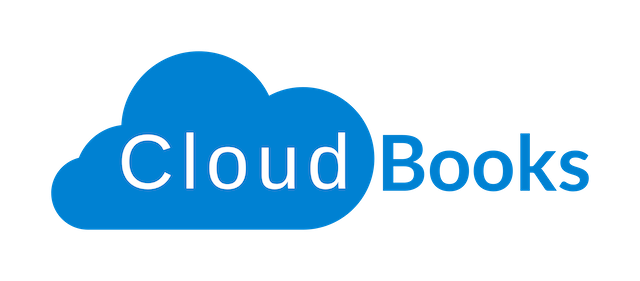Close More Deals With Quote Software and Keep Your Sales Cycle Running Smoothly
Whether you view it as a rewarding challenge or a dreaded task, responding to Requests for Quotes (RFQ) and Requests for Proposals (RFP) is a crucial part of running and growing a business. A professional accurate document that puts you in the running requires meticulous attention to every detail, and this requires valuable time. Therefore, as much as you may want to reply to every RFQ that comes in, it is a prudent practice to step back and realistically assess each opportunity and respond only to those you have a chance of winning.
Questions to Ask Yourself
Is this RFQ prompted by a present need or is the requester just testing the waters?
Does the purchasing agent express resolve and commitment?
Is there a budget involved?
Have you ever done business with this customer?
Can you effectively compete?
If you decide to respond, fire up your quote software, it’s time to deliver a quote that stands out from the competition.
Preparing Your Quote
More About Them Less About You
At this point, forget about the basic features and costs of your service or products, they will come next. Concentrate on the needs of the prospect and clothe your deliverables in language that details how your offerings will fit in with the culture of their company. Focus on the outcomes and beneficial results that will come with accepting your quote; the particular problems it will solve.
Offer More than One Option
Since your competitors will, most likely, be responding conventionally and offering one option, providing multiple ones will make your proposal stand out. Customers like to feel they are doing due diligence. By giving them a set of options, you’re helping them out in that regard. In essence, you’ll be acting like a competitor to yourself, filling their need to shop around and hopefully dissuading them from looking elsewhere.
Another benefit from taking this forked road is that you’ll be able to offer both a higher level of service, i.e., a more expensive one, and they just may choose it. But if they cannot afford it, your lower priced option, the one they actually had in mind, will look like a bargain.
Keep it Short
Remember that the requester will be receiving several responses. Making yours relevant and concise, mentioning only areas that are important to the prospect will increase the chances that rather than just thumbing through it, he will read it all the way through. A good rule of thumb is to limit quotes to a maximum of two pages, focusing only on what you think will close the particular deal.
The Quote as Contract
Include a final paragraph that gives the requester the opportunity to signify (s)he accepts your proposal by signing it. Being able to turn the quote into a contractual agreement shows your commitment and may increase the likelihood of the customer’s doing business with you.
Our cloud-based software presents you with templates that can match the varying needs of each and every prospective client, allowing you to create an attractively formatted estimate that includes your company logo, address, and contact information. But that is only the beginning of the benefits our system offers. With Cloudbooks, you’ll be able to see which quotes have been accepted and which have been declined, and with just one click, convert those accepted estimates into invoices.
Contact us to find out how Cloudbooks SAAS can help you take charge of your business and automate your entire sales cycle, not only turning quotes into invoices, but also tracking those invoices, creating recurring ones, and giving you detailed reports that help you maintain the cash flow needed to keep the wheels of your business turning.

